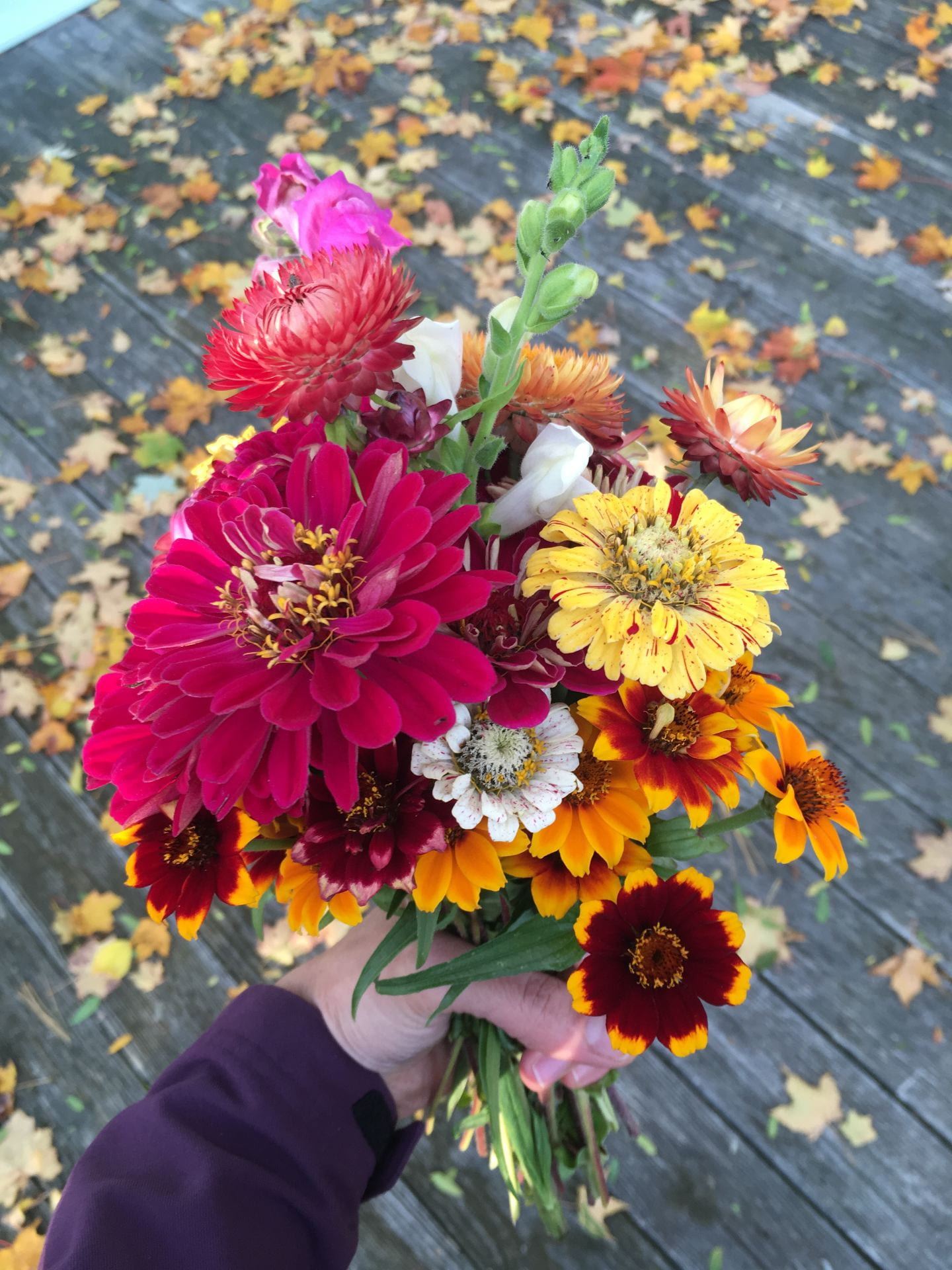Amara Dunn was hired for the new BioControl Specialist position just about three years ago.
Since then, she’s gone from focusing on ‘learning the ropes’ and creating goals for the position… to being in high demand by staff (and New Yorkers) on both the agricultural and community sides of our program!
Amara, how does your work here at the IPM Program fit the career you imagined when you entered college?
When I started college I really had no idea what I wanted to do, except that I liked biology but didn’t want to be a medical doctor. You could say that my work at NYSIPM (across a broad range of commodities and settings) is kind of the culmination of exploring and honing my interests through a variety of professional and volunteer experiences during and after college. My eclectic job responsibilities have also reminded me that we learn something from pretty much all of our experiences, even the ones that don’t ultimately lead to a career.
Who do you see as the main audience for your current work?
I am trying very hard to provide materials for a broad range of audiences. For example, I’m doing a lot of work currently on conservation biocontrol (protecting and feeding the “good bugs” you’ve already got) and pollinators like bees and butterflies. All of these beneficial insects need the same things, but taking care of beneficial insects looks different in a back yard than it does on a farm. I’m trying to provide cost and “how-to” information for both groups. I think on some level most people I’ve interacted with – farmers, home gardeners, people who enjoy spending time outdoors – have similar questions and goals. They want to know how to solve pest problems, and they care about protecting people and the environment while they do it.

What is most rewarding about your work in pest management?
Helping people. Hands down. Being able to answer questions or provide needed information that ultimately has a positive impact on peoples’ lives brings me so much joy.

What do you most enjoy doing in your non-work time?
Broadly speaking, I would say that I like creating. I have always loved growing plants, and I’m really enjoying planning and implementing new gardens around the house I just bought. And, yes, these gardens do include plants that support beneficial insects. I’m also using them as “virtual demonstration plots” to show how one might support beneficial insects around their homes (and some of the pitfalls when trying to do this). Over the past few years, I’ve been cultivating (pun intended) an interest in cut flowers. I love having fresh flowers in my home or office, and like being able to share them with others. But I also enjoy cooking and knitting/crocheting. And I like to mix my interests. There are a wealth of patterns out there for people wanting to knit or crochet arthropods. I’ve even tried making my own pattern when I couldn’t find what I was looking for.

Given a month to travel or work on something you enjoy, where or what would it be?
Honestly, I’m pretty ambivalent about travel. I could take it or leave it. But when I do travel, I like to visit local gardens, parks, or museums and try delicious local food!

What biocontrol topic or pest problem do you anticipate on your horizon in the next year or so?
Sadly, I suspect it’s inevitable that spotted lanternfly will become established in NY. We’ve done a great job of delaying that inevitability (kudos to everyone – professionals and lay people – for all your hard work!), but it probably is an inevitability. One of the hoped-for benefits of delaying this pest’s establishment is that we’d have more tools (including biological tools) for managing it by the time it got here.

What biocontrol concern has captured your interest for future research?
I’m really interested in learning and documenting the efficacy of biocontrol strategies in the field so that we can give growers specific answers about how to use strategies to reduce risks to people and the environment. For example, how large an area of flowers, which flowers, and how close to the crop do you need to plant them to reduce pest damage? Or, which conventional pesticide sprays can be replaced with biopesticides to maintain good pest control while maintaining profitability. These are really big questions, and I certainly can’t answer them all by myself. There’s a lot of great research already being done on these questions here in NY and elsewhere.
Absolutely. Being part of the NYIPM Program lets us see so much of what’s going on regionally to reduce pest risks and help the environment! Thank you, Amara, for allowing us to share more about you and your role at the NYSIPM Program!
Amara’s office is on the Cornell AgriTech campus but you may have seen her or met her at a variety of conferences and workshops over the last three years. Follow her blog BIOCONTROL BYTES or her Twitter and professional Instagram accounts!

